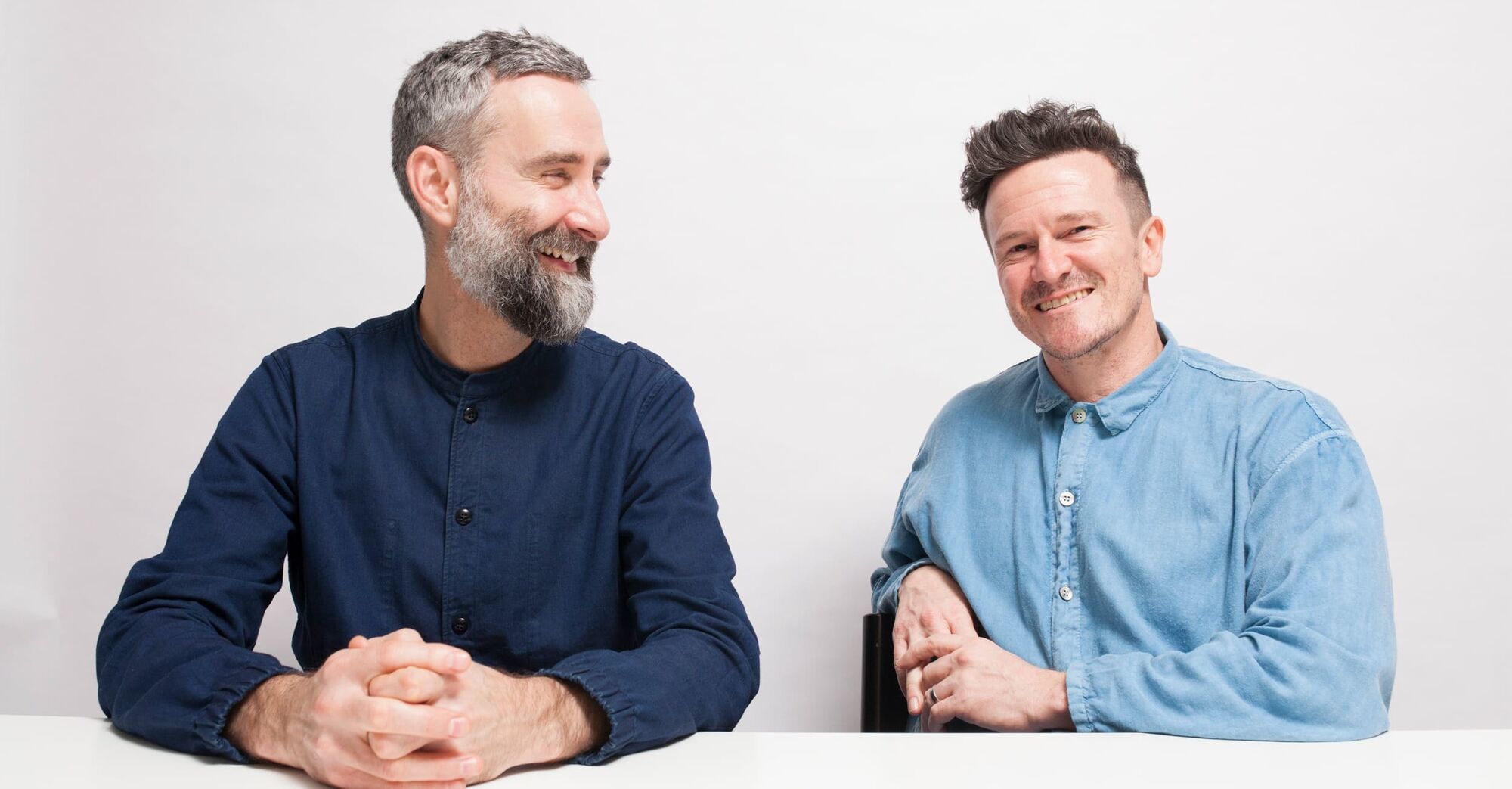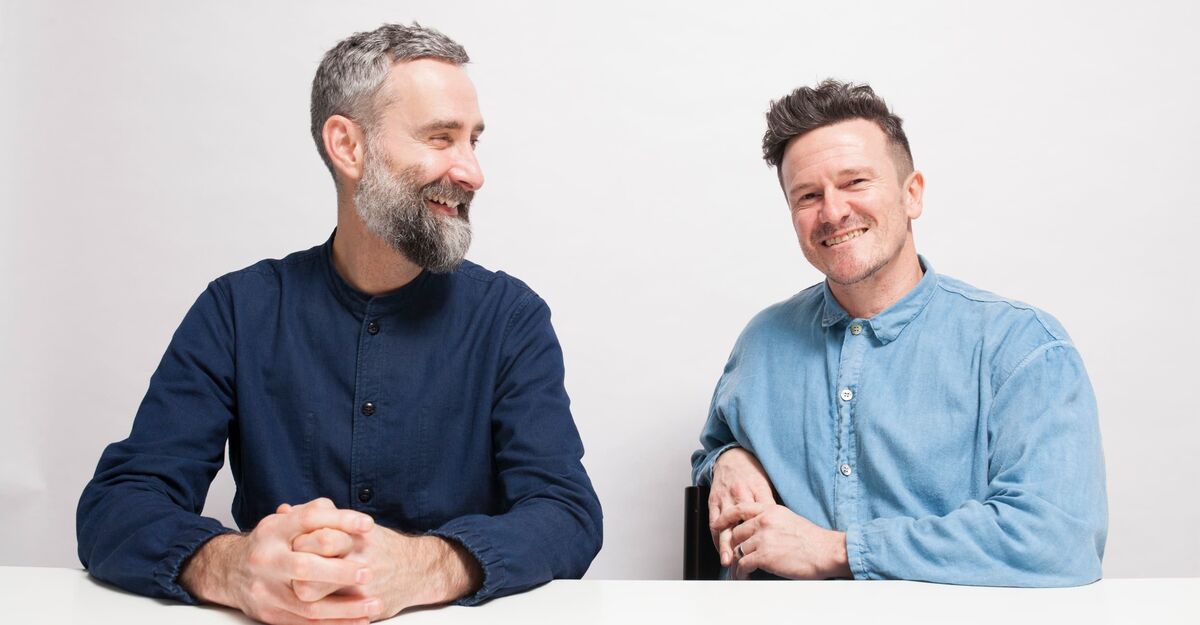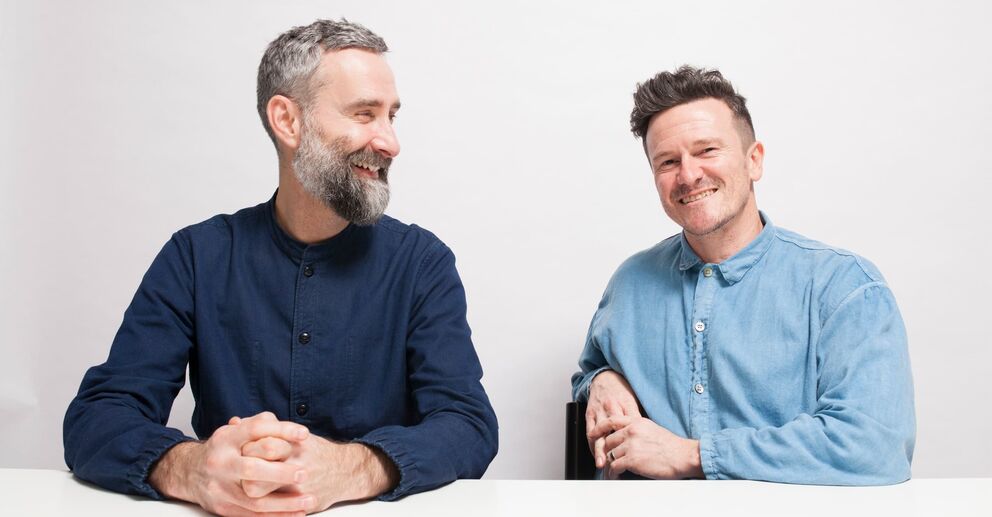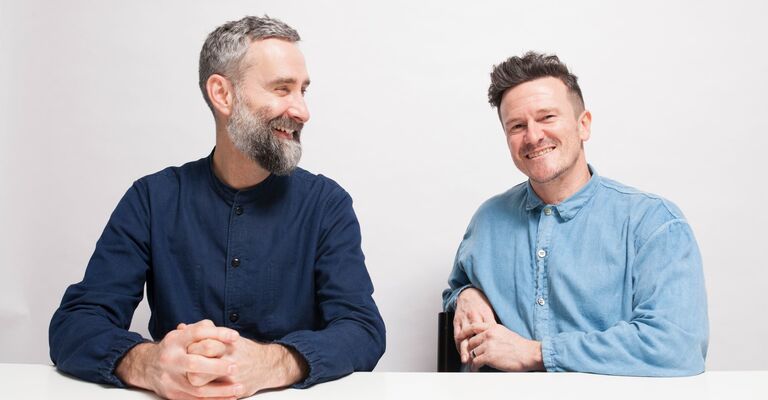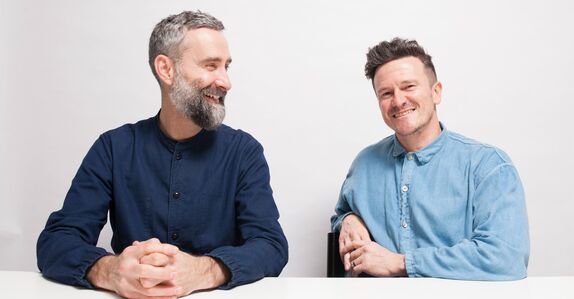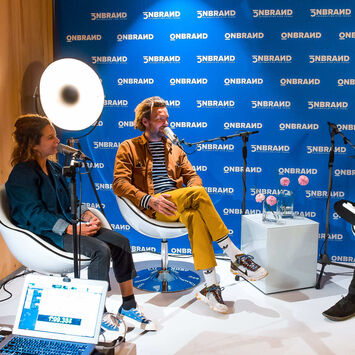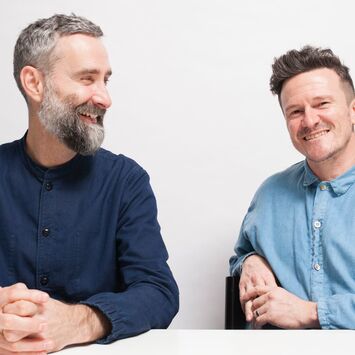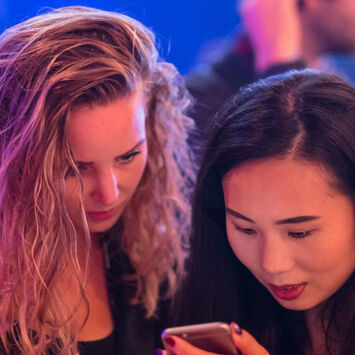Twenty years ago, Julian Harriman-Dickinson and Nick Steel founded creative agency HarrimanSteel in London, with an ambition to craft bold ideas for brands that ignite emotion and affect culture as a way to connect with consumers. Their mission remains steadfast to this day: to generate brand lust outside the constraints of traditional advertising.
HarrimanSteel and Julian have had the privilege of working with a select bunch of prestigious clients including Nike, Patagonia, Sonos, Toms, Louis Vuitton, Eley Kishimoto, V&A, Philharmonia Orchestra to name a few. Occasionally Julian still directs commercials and content for HarrimanSteel campaigns for the likes of Nike & Pepsi.
In the run up to Julian featuring at this year’s OnBrand, we sat down with him and Nick to talk about how the role of creative agencies has changed over the years, and what place creativity has in the modern workplace.
This year you celebrate 20 years of leading an independent creative agency. Why did you stay independent all these years?
Julian: The analogy of the ‘speedboat vs oil tanker’ comes to mind; being independent gives us agility. We have creative freedom to partner with who we want, to pivot, and continually evolve. Being an indie also gives us creative freedom to embrace risk and experimentation.
How has the agency landscape changed in two decades?
Julian: The biggest shift we’ve noticed is the rise of digital, and the ever growing importance of data to measure, inform creativity and provide valuable insights.
Nick: Another major shift is brands building the internal capacity of their own marketing teams and creative studios. This is happening at a really fast rate - in a way I’ve not seen before.
In this landscape, what is the role of creative agencies today?
Nick: This means agencies need to adapt; our role is to act as an extension of a brand’s marketing team and offer an external and independent perspective in a way that internal departments can’t.
Julian: Yes, the relationship between an agency and brand today is much more intimate and nuanced - working together as real partners.
What do you think the biggest challenge for creativity is today?
Julian: The growing number of touchpoints and the “always on” consumer means there’s more pressure to create ever more content - faster; and it’s fair to say this isn’t the most conducive context for long-term brand building. More, faster is not the answer.
Nick: The danger for brands that try to be everywhere at once - who can’t navigate this new landscape with craft and care - is that they create much lower quality storytelling, with less and less interesting things to say. They ultimately become bland and invisible to their consumers.
Julian: Creative thinking and creative solutions aren’t under threat, but the quality of creative output faces challenges.
Nick: I think creativity is more important than it’s ever been; to stand out, be useful - and create an authentic, human connection.
Are modern organizations set up to nurture creativity? Has this changed?
Julian: When we first started HarrimanSteel I had come directly from a large ad agency, where I’d experienced working in a traditional siloed structure first-hand; I was a link in a long chain, along which you hoped the creative wouldn’t dilute through the process.
Nick: When we established our business twenty years ago, we wanted to carve out a space in between the worlds of advertising and design - with no long chain. Our vision was an independent business that could be fluid, adapt to the market and respond to culture. We work together closely as a team, and always work to ensure conceptual thinking is married with real craft and attention to detail.
With a growing emphasis on data-driven effectiveness, how can modern organizations ensure they’re set up to nurture and not stifle creativity?
Julian: Data helps us define journeys, develop mechanics, understand our audience, and provide valuable insights. But it’s just a tool: data is black and white with no emotion. I think it’s important for businesses to see the limitations and understand where the value lies, so it doesn’t stifle creativity, but acts as a launch pad for it. Sometimes the illogical or lateral ideas just do not compute, that’s where the magic happens.
Nick: It’s important to take data into account, but never let it reduce the space for intuition and ideation - a purely human process that makes creative, creative. We have to keep in mind the moments where we want to disrupt and challenge standard behavior - and this means taking risks to create bigger impact and cut through the noise.
What’s your ideal client; and your ideal client brief?
Julian: A good client to me is one that becomes a creative partner in the way that we should become a business partner and an extension of their team. We go on a journey together with a shared objective. Ideally we like longer relationships where we can become instrumental in helping shift the dial, and understanding the intricacies of each individual business and challenge. The answers are normally easy; asking the right questions is the tricky bit. As marketing isn’t always the answer, it is essentially the cherry on the cake. We also like cake.
What can we expect from you this year at OnBrand?
Along with Andrew Smith, Brand Manager at Booking.com, and disruptive educator Bex Radford, I’ll be exploring where future opportunities lie for big brands embracing data, but having an open mind to creativity. We’ll explore both sides of the ‘data vs creativity’ paradox, and the magic that happens when brands bring them together.
